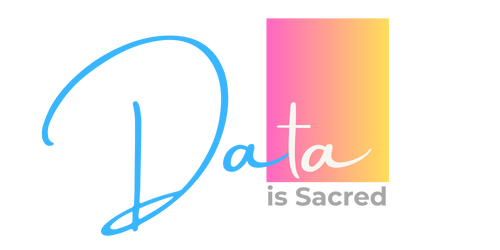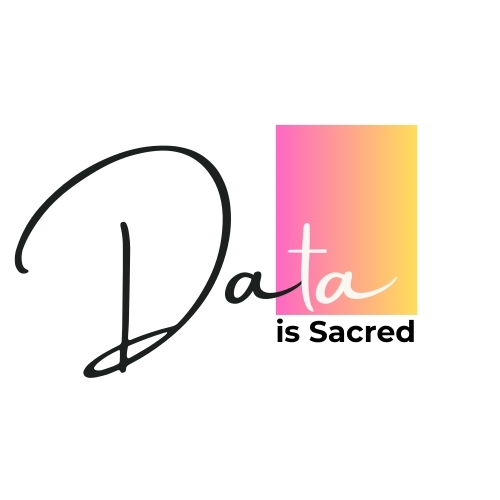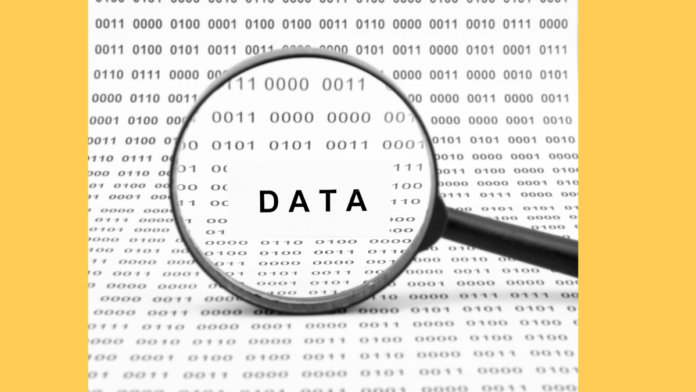What is Data Literacy:
Most people think of data as a bunch of numbers, KPIs, and statistics. Yet, data can be so much more. Data is the lifeblood of business and government. Without it, we would be utterly lost.
In this digital age, it is more important than ever to be data literate. But what does that mean? And how can you become data literate?
In essence, data literacy is the ability to read, understand, and work with data and gain insights from it. Our data-driven world is making this skill increasingly valuable. And yet, it’s a skill that many people lack. So, whether you are looking to spruce up your resume or want to be able to make sense of all those charts and graphs, this post is for you!
Being data literate means being able to:

Data literacy is a skill that everyone can learn. There are a variety of resources available to help you improve your data quotient, including hands-on training, books, online courses, and workshops. Start by finding resources that fit your learning style and level if you wish to become more data literate. Then, practice what you’ve learned by working with data regularly. Time and practice will enable you to read, write, and speak the language of data fluently.
According to a Gartner survey, there is a consensus among top Chief Data Officers that deficient data literacy is one of the top impediments in building a strong data and analytics team foundation. Data literacy enables you to extract insights from data, communicate those insights to others, and apply those insights to your decisions. One of the best ways to become data literate is to practice working with data. You can find data sets to work with online, or you can collect or create your data. As you become more familiar with data, you will understand the nuances of data and how to slice and dice the data to tell a coherent story.
Data literacy is a valuable skill in today’s world. With so much information available, it is essential to read and work with data. By becoming data literate, you will be better prepared to make decisions based on data and communicate effectively.
Path To Data Literacy:
Data has become the quintessential oil that fuels business, and corporate leaders need to ensure their employees have enough training to handle data effectively. The key to successful analytics adoption is identifying the skills that people lack and training them accordingly.
Path to data literacy for the modern workforce, knowing–
- Why data literacy matters
- What data literacy looks like for each employee
- How to plan a baseline of employee skills and common data culture
Summary:
Before one becomes data literate, it is important to understand the domain (business), the technology, and the visualization context. Additionally, the use of BI tools (Tableau, Looker, Power BI) plays a major role in developing visual literacy skills. It is necessary to democratize technology for a smaller technology learning curve so workers can spend more time analyzing data instead of learning complicated tools.
An organization-wide initiative such as the Data Literacy initiative must live and breathe an inclusive culture of continuous learning. Advanced data champions, or ‘Friends of BI,’ are to be identified, nurtured, rewarded, and encouraged to teach and share their best practices with newbie data enthusiasts.
When a company becomes data-driven, it can utilize data as a strategic tool to grow sustainably. Our data vision needs to be based on a combination of data literacy, data maturity, data democratization initiatives, and leadership buy-in. This will result in a data-driven culture.



